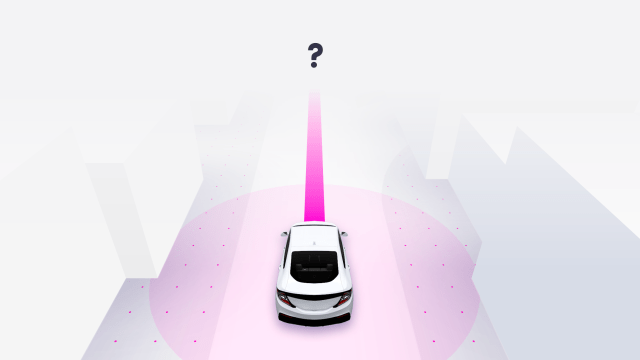As Uber implodes spectacularly, US ride-hailing company Lyft is again following its biggest competitor’s footsteps, this time diving headfirst into a massive autonomous car project that could someday send its human drivers off to some other corner of the godforsaken sharing economy.
Image: Lyft/Gizmodo
In a multi-outlet embargo bonanza, Lyft announced today that it’s creating a self-driving car division to be staffed by “hundreds” of new employees and located inside a 464m2 Palo Alto office. The division will oversee Lyft’s development of self-driving software. It’s an “open platform,” Lyft says, apparently designed to help the company win over more partners in the autonomous race.
As companies such as Google, Tesla, Ford and Uber have demonstrated in recent years, self-driving cars are increasingly capable machines. The race to make autonomous cars has gradually evolved from limited driver-assistance features and isolated tests on private tracks to pilots run on real-life city streets. Carmakers are inching towards building cars that really do drive themselves.
But nobody knows when, exactly, the damn things will be ready for us normal people to use, or when cities will even allow them — Lyft certainly doesn’t, offering no timelines with its major PR push this morning. But the company has shared guesses before, and now it’s throwing more money and engineers at the problem than ever. That’s a big deal, because (depending on Lyft’s progress) it could mean we’ll get our hands on autonomous cars a little sooner.
As The New York Times notes, Lyft’s strategy looks nothing like Uber’s or Apple’s. In terms of software development, those companies are effectively going it alone.
Lyft, meanwhile, already has two noteworthy partners. It started working with GM last year on a self-driving project after the carmaker made a $US500 million ($631.7 million) investment in the ride service. Lyft also recently inked a deal to work with Alphabet’s Waymo (the autonomous car project that spun out of Google).
Money and engineers aside, Lyft can also offer its prospective new partners access to something Uber won’t readily share: The data it collects from human-powered rides. As Lyft puts it, a “diverse set of real-life scenarios helps partners develop their systems around actual experiences and behaviours”.
Lyft imagines self-driving cars will take over the road gradually. While that happens, Lyft thinks its contracted human drivers will initially benefit from autonomous cars: “We believe that in the first five or more years following the introduction of autonomous vehicles, the need for human drivers will actually increase, not decrease,” wrote Lyft cofounder John Zimmer on Medium last year. But Lyft hasn’t said what’ll happen to those drivers after the robots fully take over.
Spoiler: By that time, it won’t care.
